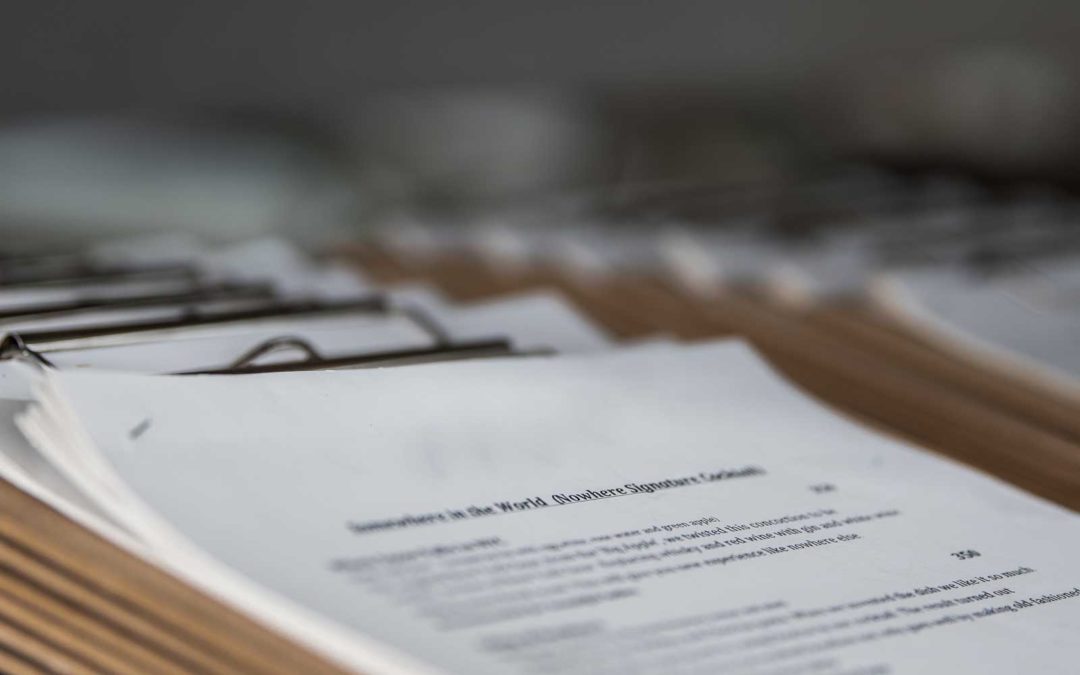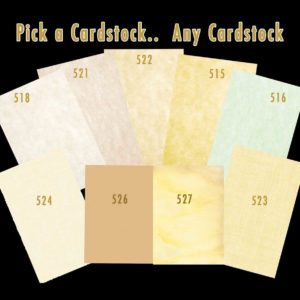A great restaurant menu can make a huge difference in the success level of your business. After all, a menu is a part of what will bring people back to your restaurant if it is done just right. Here are a few things to keep in mind when writing your menu and how to get the most out of it, keeping it unique and specialized.
1. Notes, Paper, Google Docs
Your menu probably will start to be developed by notes you’ve taken. Consider other restaurants and the different types of menus you’ve seen before. Note:
- What looks good and what looks bad?
- How is it designed?
- How many dishes per course?
Then be sure you know what sort of restaurant you’re opening so you can start to plan some dishes within that sphere. After that create a Google document or an Excel document to start listing potential food choices on your menu.
2. Restaurant Menu Order – Sections
We’ve all been out to eat and there are a few staples you can always count on. First up on a menu is not the main courses but rather the appetizers (when considering food). You can put drinks on the first page, but also a drink menu will be a separate item from the food menu. A basic menu order usually goes like this:
- Appetizers
- Soups
- Salads/Pasta (if applicable)
- Entrées
- Desserts.
- Optional Beverages and Kids (Kids should be a separate coloring menu)
3. Choose Menu Design
Here you’ll want to consider menu design choices, not what food is offered. This means choosing colors and images (if applicable) that suit the food and the restaurant aesthetics. You don’t want the menus to seem out-of-place because they have a color scheme that does not match any of the restaurants decor.
Consider fonts, spacing, border, coloring, text size, and other aspects of the aesthetic of the menu. Also, keep it simple, no one wants to flip through a menu with 200 dishes because it makes it very difficult to find an item that sticks out to try.
4. Dish Descriptions
You want to give clear and concise information when it comes to the wording used to describe dishes. Don’t use too much highly specialized culinary terminology.
Descriptions should paint a picture and create an image and a taste in the mind of the patron before ordering it – make something sound so good that you just have to have it. Most important, list the ingredients, especially strong seasonings like curry or garlic, black pepper. This will avoid many dishes from being returned. I personally have returned many dishes that had mushrooms, which is a very popular ingredient. Also telling the mode of preparation (grilled, fried, baked, etc is very important
Shakespeare said “What’s in a name”. Don’t be afraid to come up with interesting names for your dishes
5. Price Points
The key to pricing a menu is VALUE. Let’s face it you are not going to get everybody but as long as people leave your restaurant and feel they had a good meal at a fair price they will be back.
Of course you have to make your margins but don’t just price your items, based on the competitions prices, without analyzing your real food costs
Some of my most successful restauranteurs believe in perception. Meaning, make it look and present like a $30 dish when it is only $19.95 of course the taste has to be there.
Designing a menu from scratch for your restaurant does not need to be overly taxing or difficult. There are also many ways to do research including here on the internet or just simply going to your competitors or other successful restaurants in your area. With a few tweaks and the right strategy you can make a huge boost in your bottom line when it comes to designing a working, marketing menu.
No Cost Analysis of Your Menu
We will be glad to review your menu and point out things that may help your menu work better. Even if you are not using our menu papers or printing services. Email a PDF or JPEG of your menu to tom@menustore.com
If you need our full service of typesetting and printing your menus or just printing from your files,
visit MenuPaper.com or call 1-800-815-5342 to get started


